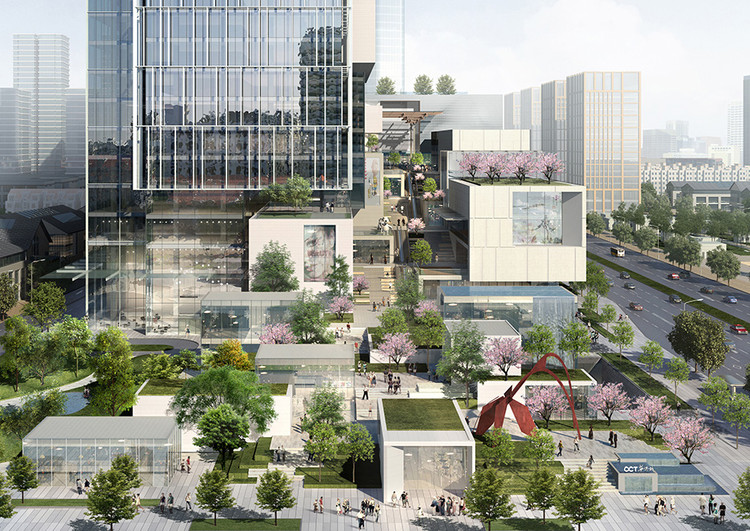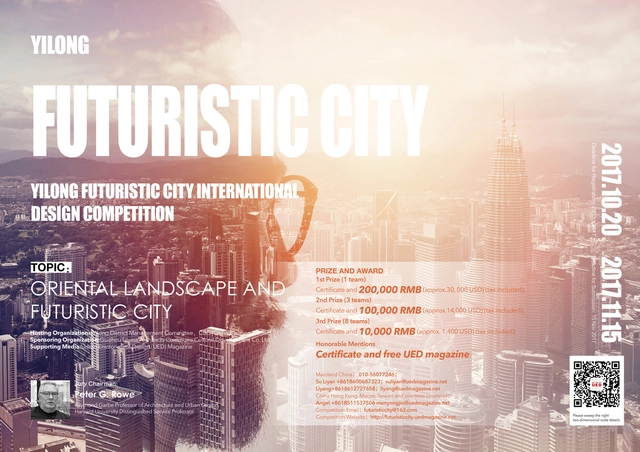In the summer of 2017, Fredericia, Denmark was touched by EASA [European Architecture Students Assembly]. The largest network of architecture students in Europe, EASA is a diverse community where the common language is architecture. The theme for EASA 2017 was: Hospitality - Finding the Framework. Hospitality was the foundation for the 30 different projects the groups of students worked on for two weeks.
The EASA community includes 500 students representing over 40 countries and 200 different architecture schools. Run by students, for students, EASA had an organizing board of 12 international architecture students this year who were chosen by EASA.


















































__Anpu_Varkey___photo_by_Akshat_Nauriyal.jpg?1501258835)













